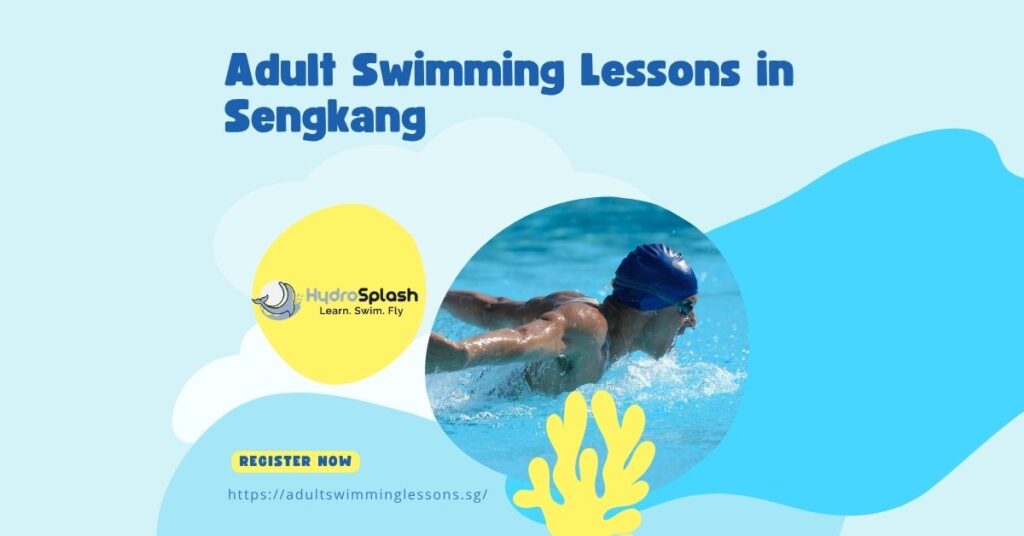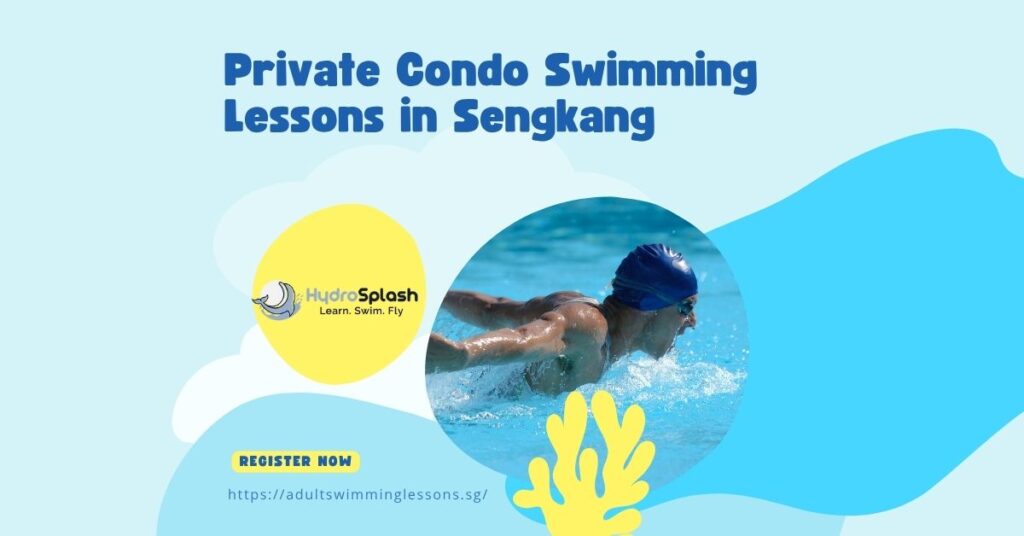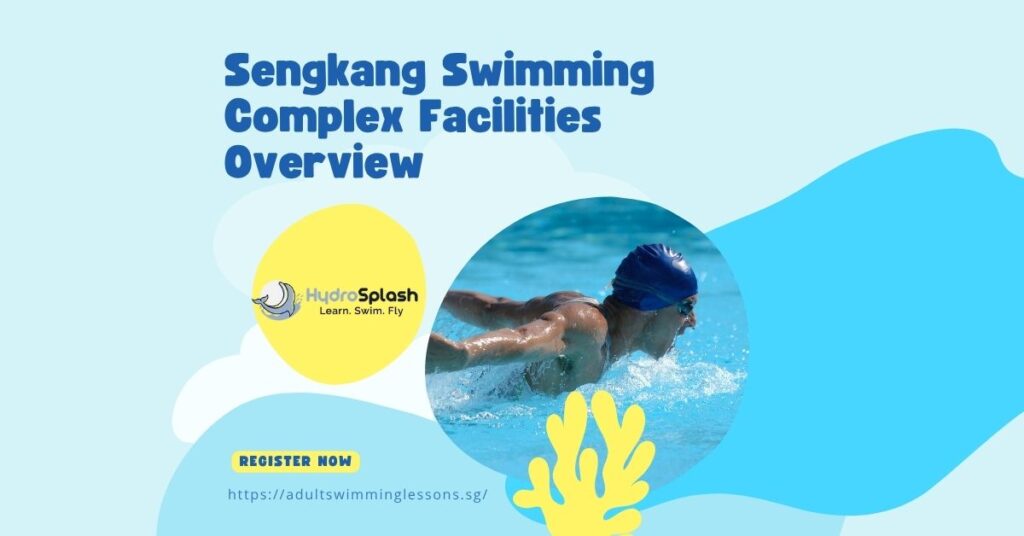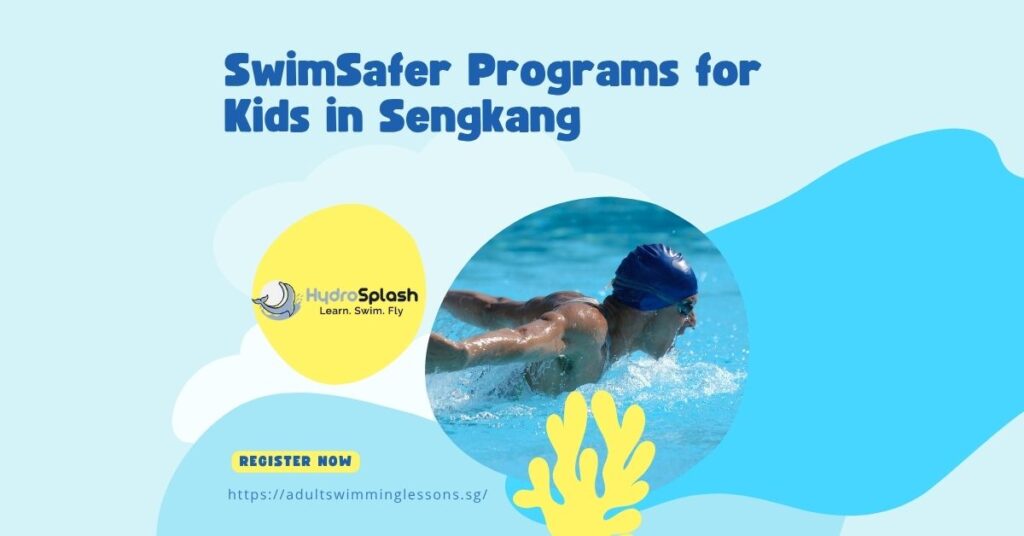When Should A Toddler Know How To Swim?
When Should A Toddler Know How To Swim? Many parents feel unsure when they see videos of very young children moving confidently in water. This often leads to a common and important question: when should a toddler know how to swim? The honest and reassuring answer is that toddlers are not expected to know how to swim independently. At this stage of development, swimming is about comfort, safety awareness, and preparation rather than mastery. Understanding what swimming truly means for toddlers helps parents set realistic expectations and avoid unnecessary pressure. Toddlers learn through play, repetition, and trust, and swimming skills develop gradually over time as their bodies and minds mature. What Swimming Means For A Toddler To answer when a toddler should know how to swim, it is important to define what swimming looks like at this age. Toddlers are still developing balance, coordination, attention span, and emotional regulation. Because of this, swimming lessons for toddlers focus on water confidence rather than independent movement across a pool. At the toddler stage, knowing how to swim means being comfortable in water, staying calm when supported, kicking instinctively, floating with assistance, and responding positively to instructors or parents. These foundational skills prepare toddlers for future learning but do not equate to independent swimming. Structured frameworks such as SwimSafer are designed for older children who have the physical strength and cognitive ability to understand safety instructions. Toddlers are still in the preparation phase. Why Independent Swimming Is Not Expected In Toddlers Independent swimming requires controlled breathing, coordinated arm and leg movements, and the ability to stay calm under pressure. These skills develop later in childhood, typically during preschool or early primary years. Toddlers are still learning basic motor control. Their muscles, lungs, and nervous systems are not yet ready to support independent swimming. Expecting a toddler to swim on their own can lead to frustration or fear rather than confidence. According to Harvard Health, swimming supports muscle development, coordination, and emotional regulation, but these benefits build gradually. For toddlers, progress should be measured over months and years, not weeks. Typical Timeline For Learning Swimming Skills Most toddlers begin swimming lessons between eighteen months and three years old, depending on readiness. During this period, toddlers focus on water familiarisation and confidence. By around three to four years old, many children are ready to learn more structured movements and simple stroke coordination with support. Independent swimming typically develops between four and six years old, depending on exposure, consistency, and individual development. Children who started swimming earlier often reach this stage with greater confidence, but the timeline still varies widely. Guidance aligned with Sport Singapore emphasises that early physical activities should support physical literacy rather than push performance outcomes. This approach helps children develop safely and confidently. Signs A Toddler Is On Track With Swimming Rather than asking when a toddler should know how to swim, parents can look for signs of healthy progress. A toddler who enjoys entering the pool, remains calm when supported, kicks willingly, and shows curiosity about water is developing appropriate swimming readiness. Other positive signs include reduced clinginess, improved balance in water, and excitement before lessons. These indicators matter far more than distance swum or techniques learned. Every toddler develops differently. Some may progress quickly, while others need more time. Both paths are completely normal. How Parents Can Support Healthy Swimming Development Parents play a crucial role in helping toddlers develop swimming skills at the right pace. Maintaining a calm and encouraging attitude helps toddlers feel safe. Avoiding comparisons with other children prevents unnecessary pressure. Consistency is key. Weekly swimming exposure helps toddlers retain familiarity and build confidence gradually. Long gaps between sessions may slow progress or increase hesitation. Many families choose structured kids swimming lessons because they provide age-appropriate guidance, routine, and professional support tailored to toddler development. Safety Always Comes Before Skill No matter a toddler’s comfort level, safety should never be compromised. Toddlers should not be expected to rely on swimming ability for protection. Constant adult supervision, secure pool environments, and clear safety practices remain essential at all times. Swimming lessons support safety awareness but do not replace physical barriers, attentive caregivers, or responsible pool behaviour. Teaching respect for water is just as important as teaching movement. Early lessons help toddlers stay calm and aware, which supports safer behaviour as they grow older. When Toddlers Transition To Knowing How To Swim As toddlers grow into preschool-aged children, their coordination, understanding, and stamina improve. This is usually when children begin learning more recognisable swimming skills, such as independent floating and basic stroke movements. Children who had positive toddler swimming experiences often transition smoothly into structured programs. Their familiarity with water and instructors allows learning to progress with less fear and more confidence. Knowing how to swim is a gradual outcome of years of exposure, not a single milestone reached during toddlerhood. Conclusion So, when should a toddler know how to swim? The answer is that toddlers are not expected to know how to swim independently. At this age, swimming is about water confidence, comfort, and preparation rather than performance. Toddlers who are introduced to swimming gently and at the right time develop strong foundations that support future learning and long-term safety. With patience, consistency, and realistic expectations, swimming becomes a positive and confidence-building part of early childhood. If you are supporting your toddler’s swimming journey, explore HydroSplash’s kids swimming lessons for structured, developmentally appropriate guidance that grows with your child. FAQ Q: Should a toddler be able to swim on their own?A: No, toddlers focus on water confidence and preparation, not independent swimming. Q: At what age do children usually swim independently?A: Many children begin swimming independently between four and six years old, depending on exposure and consistency. Q: Is it helpful to start swimming lessons early?A: Yes, early exposure builds confidence and makes later learning smoother, even though independence comes later. Q: How often should toddlers attend swimming lessons?A: Weekly lessons are ideal for building familiarity and





















